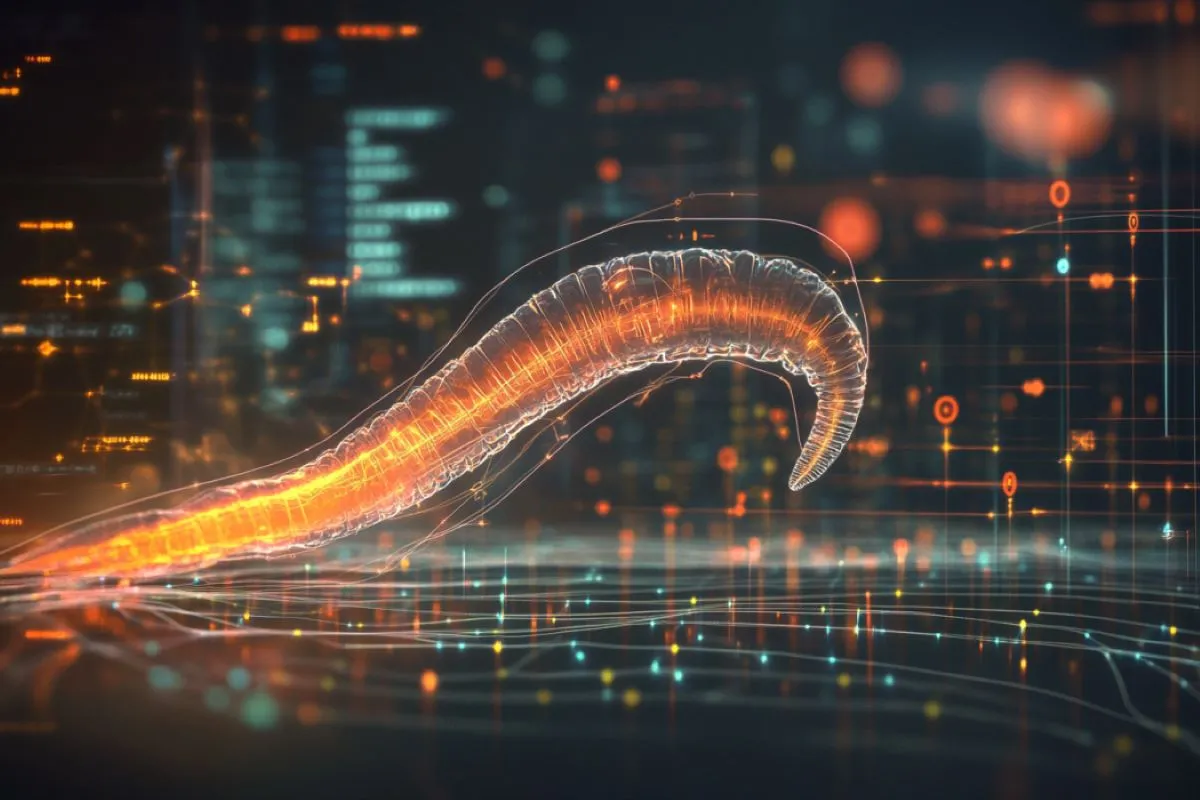AI and Neuroscience: Transforming Our Understanding of Motor Function and Movement

AI and Deep Learning: A Catalyst for Brain Research
Artificial intelligence plays a pivotal role in understanding brain functionality, particularly in complex motor movements. Leveraging machine learning techniques, researchers are able to simulate intricate behaviors observed in minimal neural circuits like those found in C. elegans. Through rigorous deep learning algorithms, we can now predict various animal movements, leading to groundbreaking insights in neurobiology and robotics.
Implications of AI in Neurobiology
- Enhanced Predictive Models: AI-powered models provide unprecedented accuracy in predicting movement patterns.
- Integration with Robotics: These advancements open new frontiers in robotics, allowing for more intuitive interaction.
- Improved Understanding of Brain Functions: Insights gained could hold keys to addressing neural disorders.
Future Directions in AI and Neuroscience
As AI continues to evolve, its integration into neuroscience will deepen our understanding of motor function. The collaboration between AI, deep learning, and neurobiology emphasizes the need for interdisciplinary approaches in unraveling complex behavioral patterns.
This article was prepared using information from open sources in accordance with the principles of Ethical Policy. The editorial team is not responsible for absolute accuracy, as it relies on data from the sources referenced.